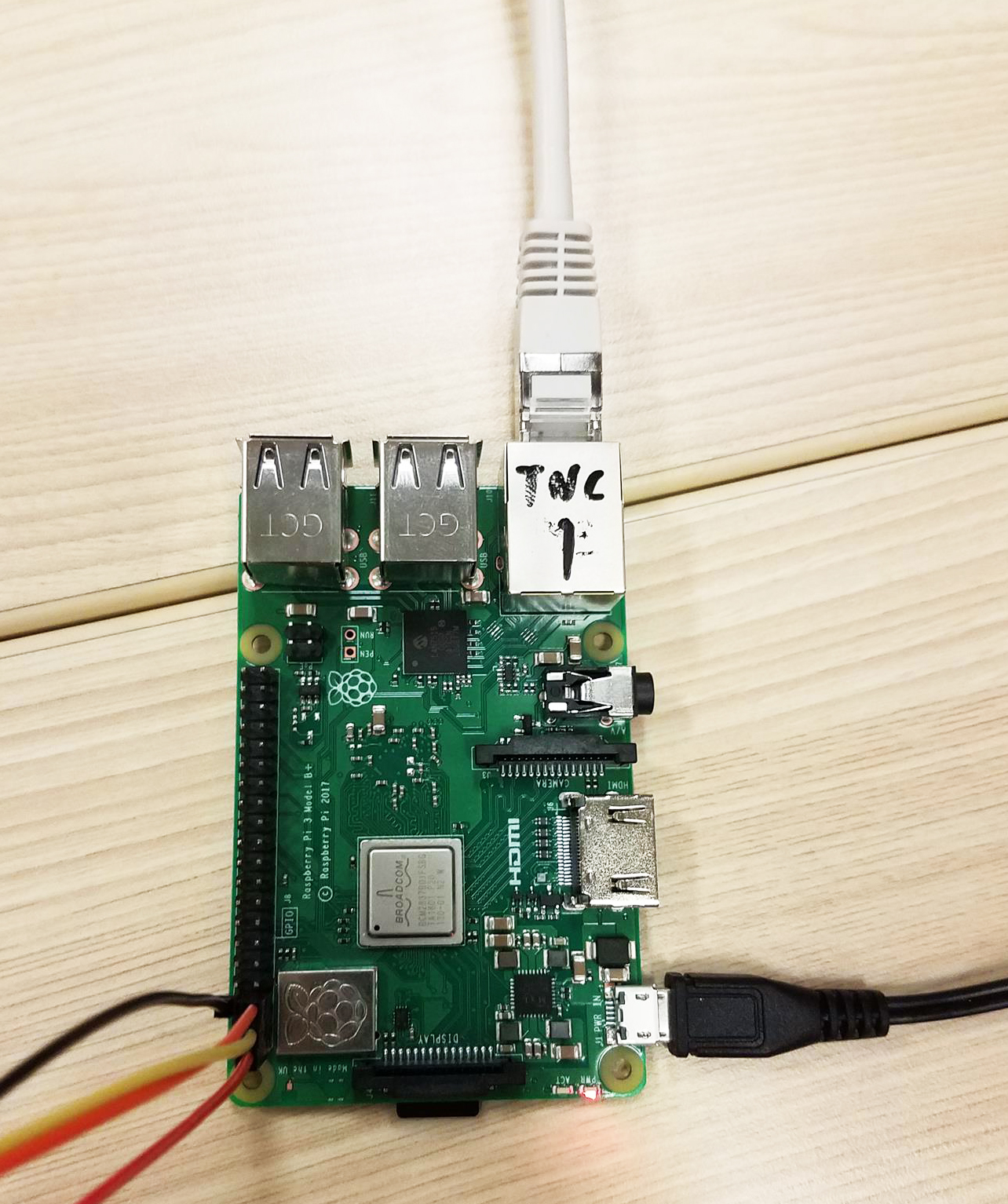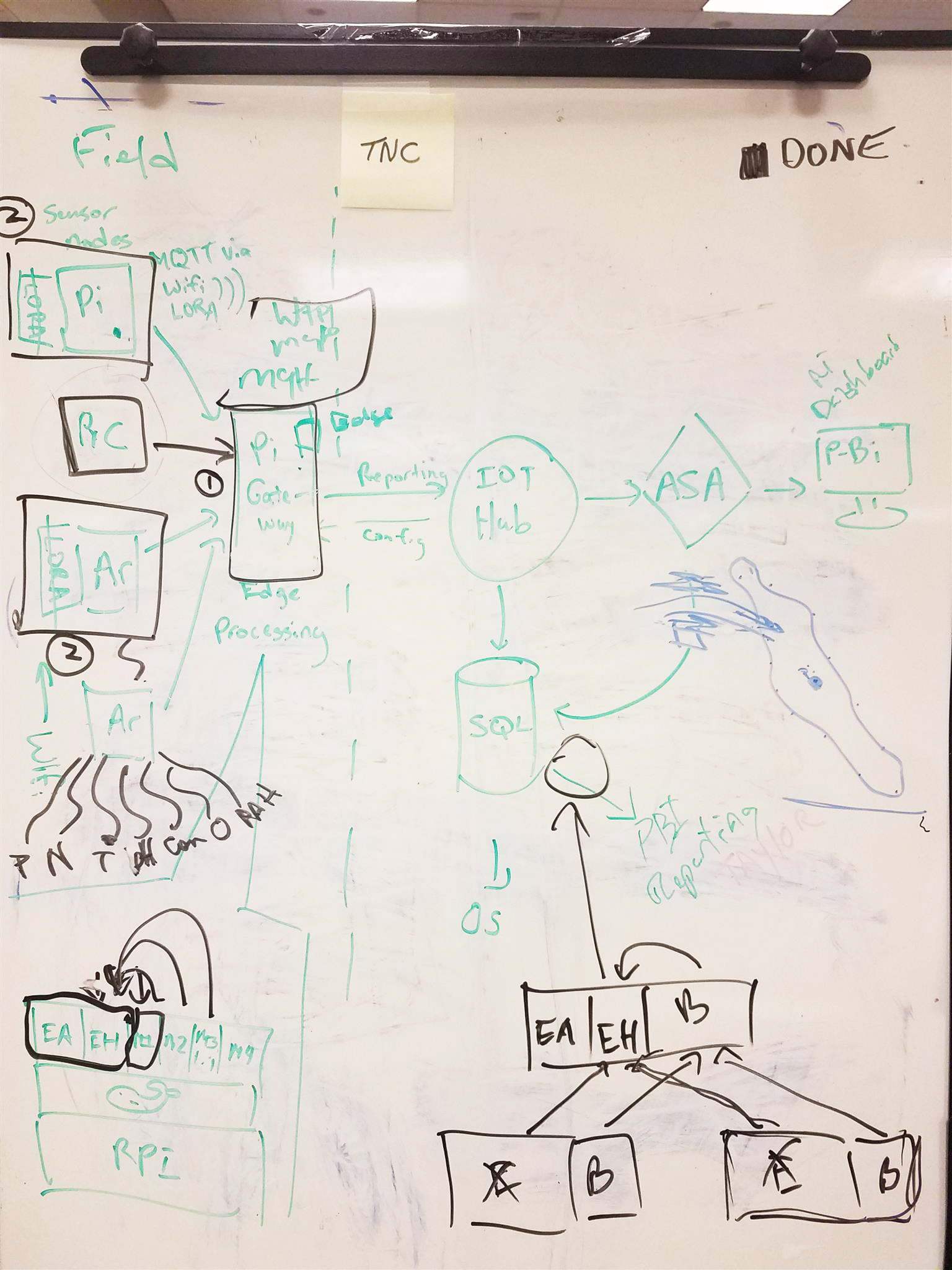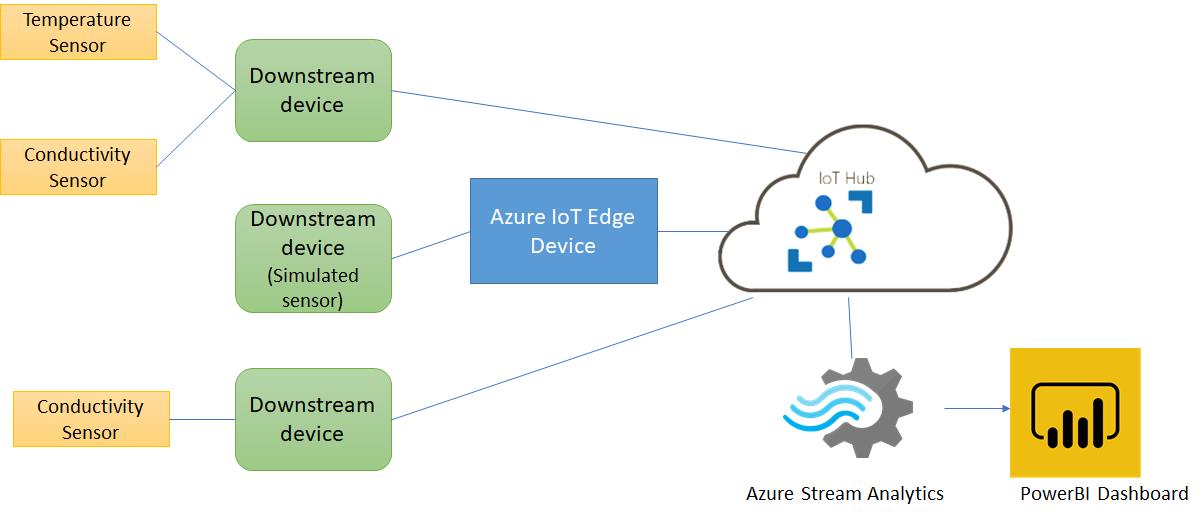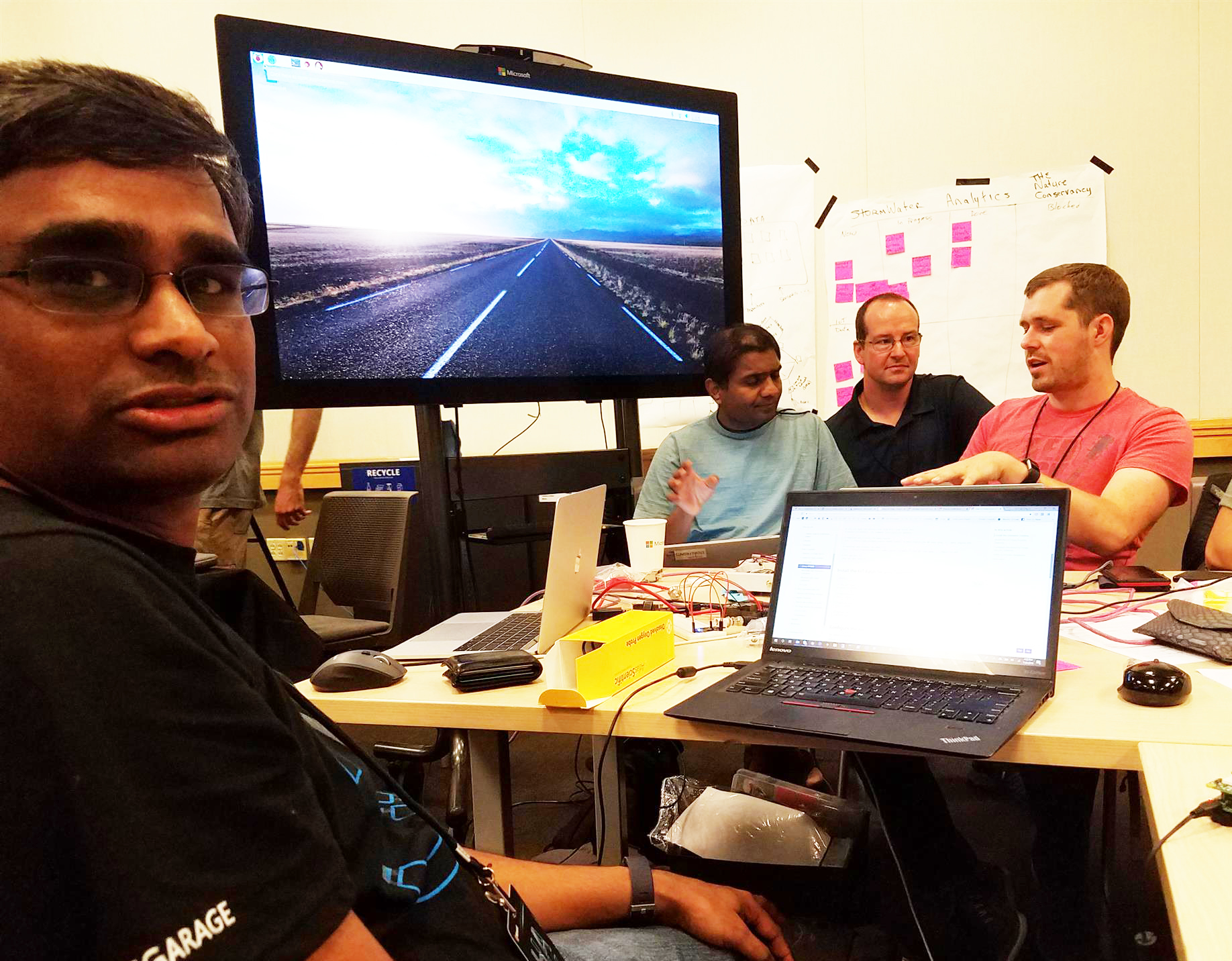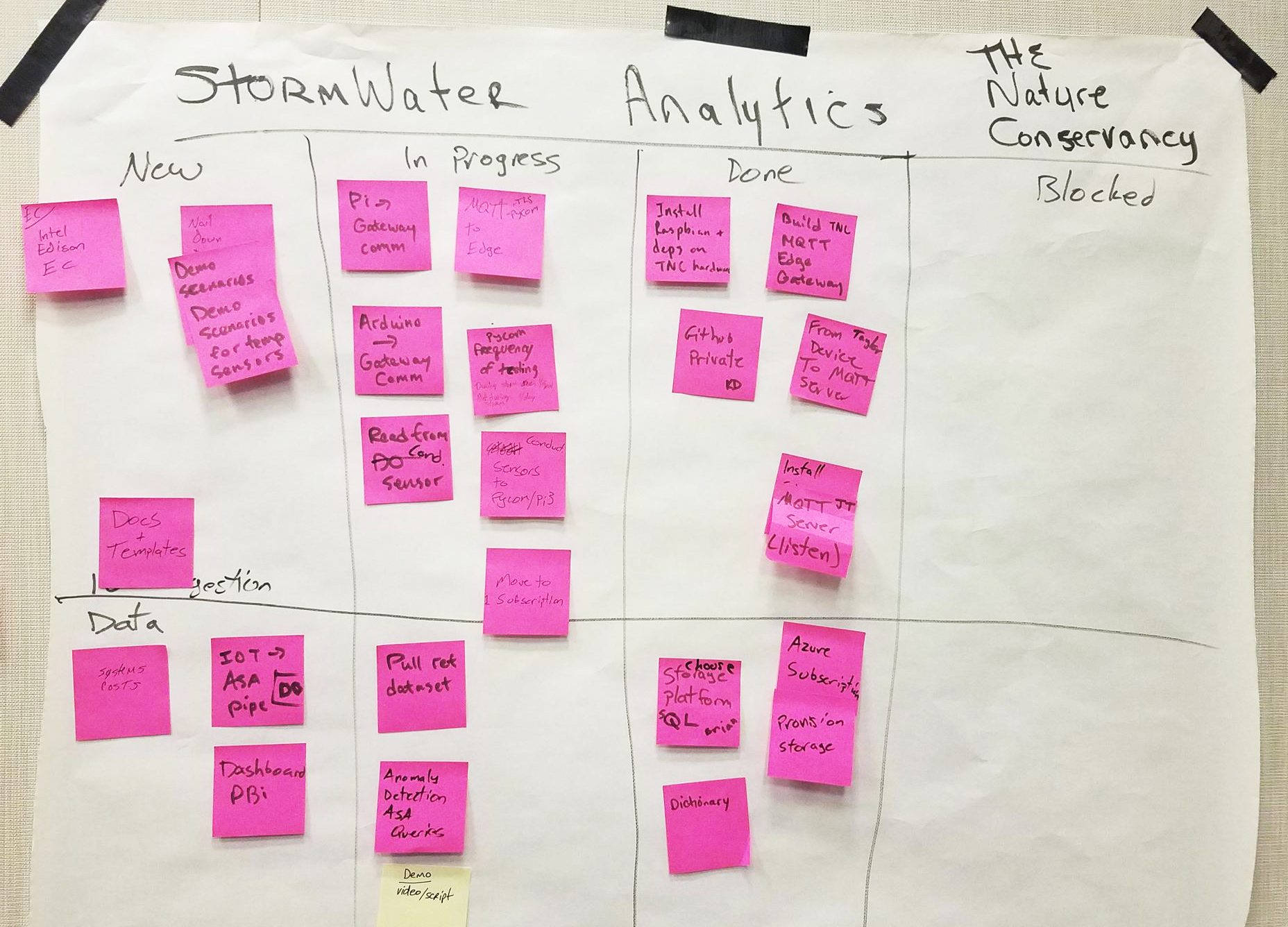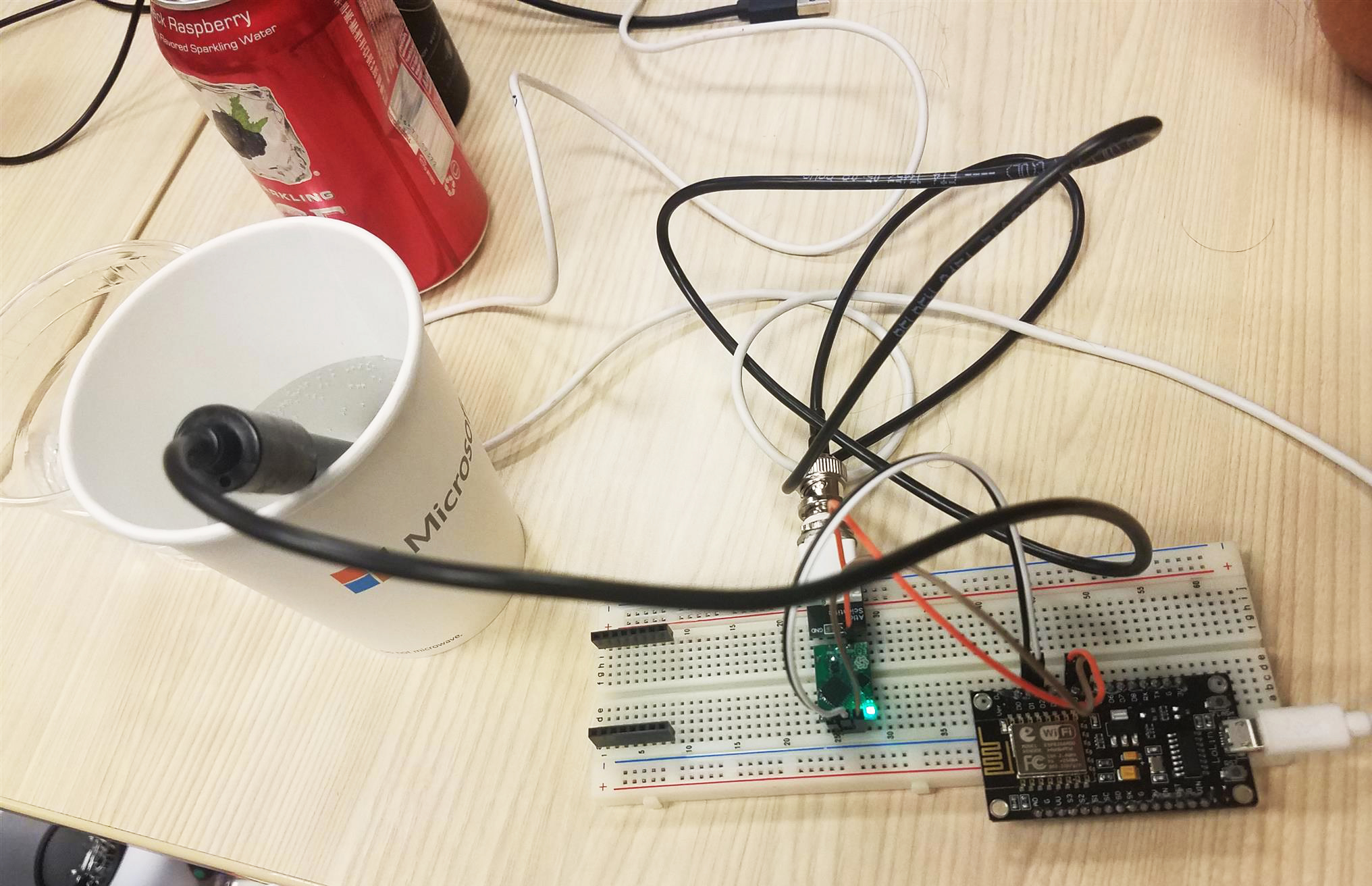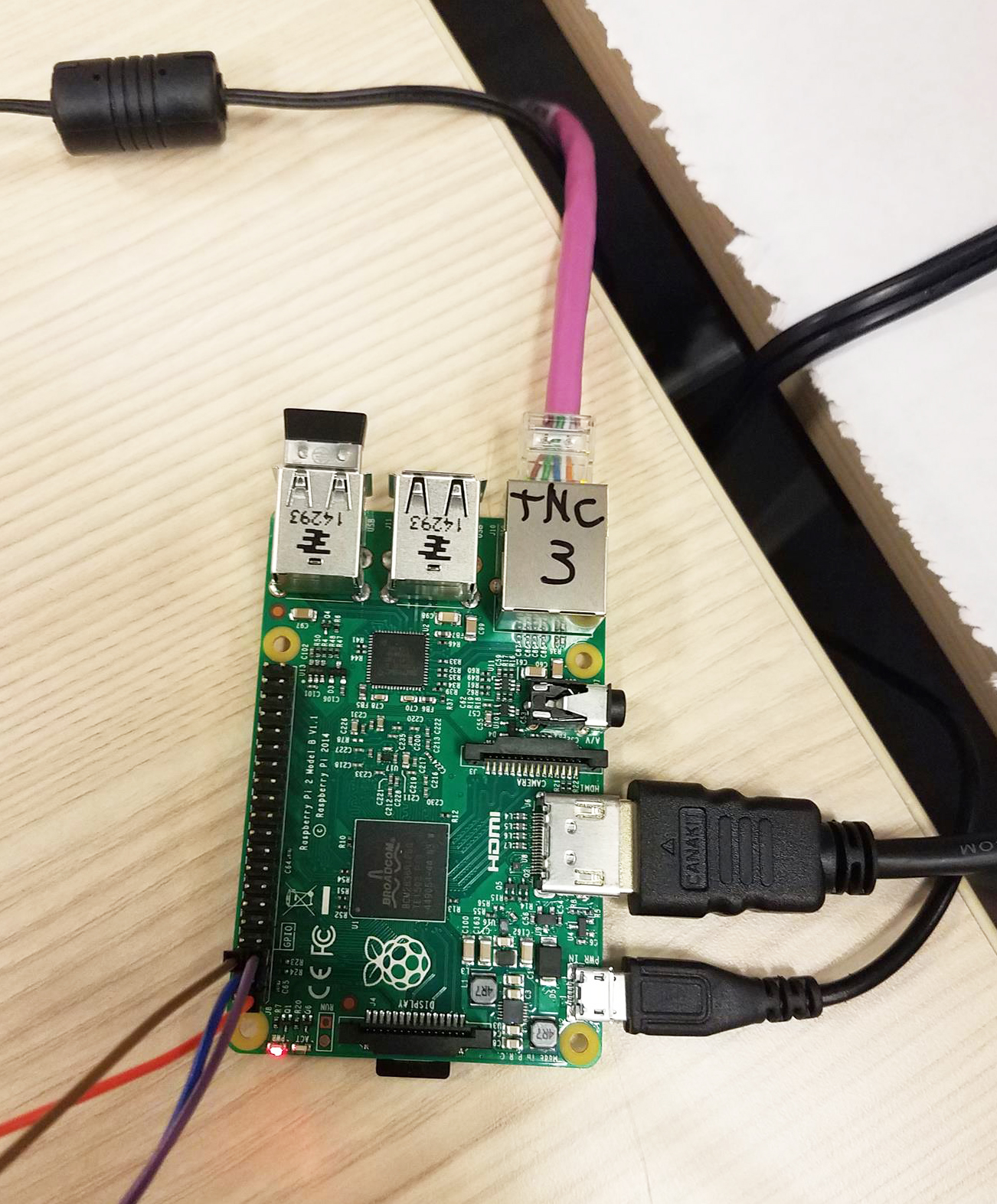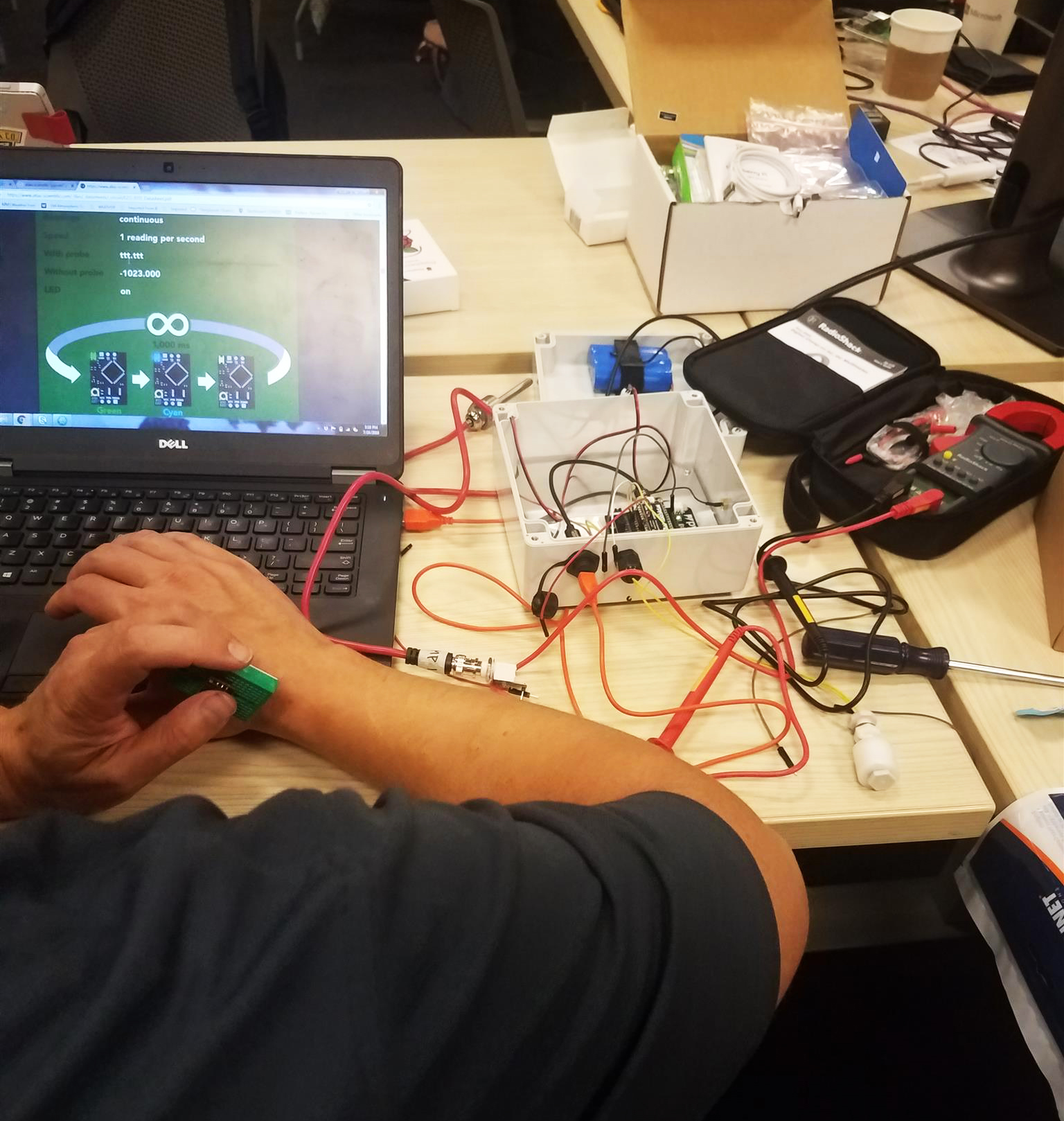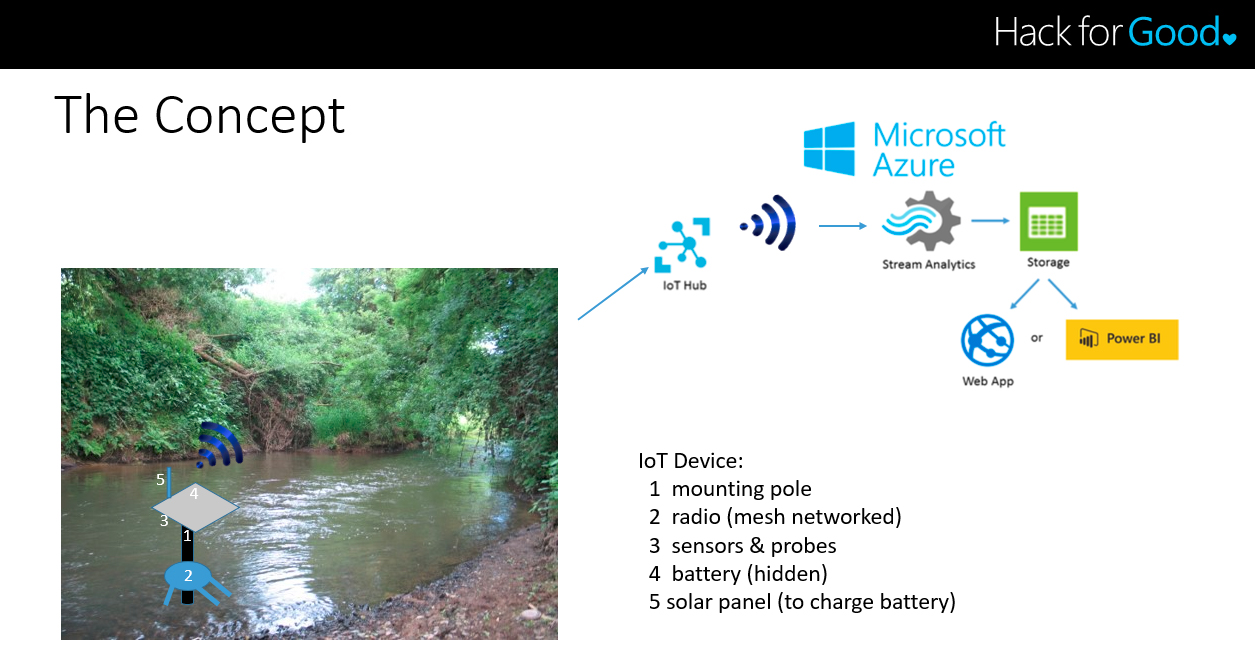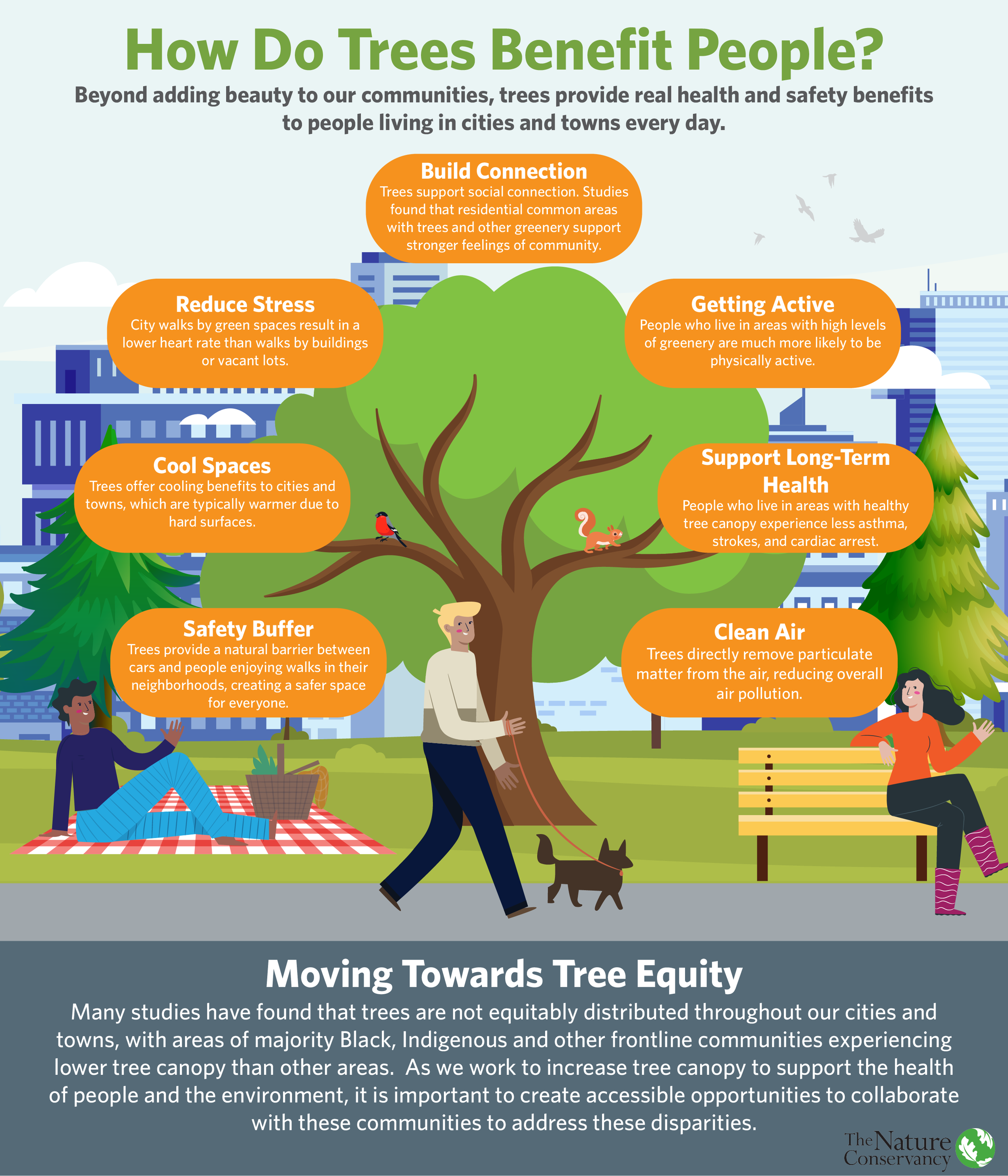By Jessie Israel, Puget Sound Conservation Director
Puget Sound is a unique feature of our region. It connects more than 10,000 rivers, streams and creeks with the Pacific Ocean. Approximately 4.5 million people live here. It’s a place where endangered orca and salmon live alongside one of the fastest growing metropolitan regions in the country.
Last month, Microsoft employees came together with The Nature Conservancy to Hack for Good.
Working in 70 countries, The Nature Conservancy is the largest conservation organization in the world. Together we have joined forces to spearhead an environmental engineering effort focusing on stormwater monitoring. The goal of this Hack for Good effort is to bring low-cost sensor technology to assist in the identification of pollution in real time, making that data available to a wide range of partners and bringing down the cost of building and maintaining pollution fixes.
For this pilot, Microsoft engineers worked together with a diverse group of talented scientists and experts from across the region. Stormwater sensor experts from Aspect Consulting and the city of Port Orchard joined the hackathon to lend their expertise — working side by side with Microsoft engineers.
We know that in Puget Sound, rains wash over hard, urban surfaces, picking up toxins and washing them into our rivers, streams and lakes. This toxic cocktail accounts for 75 percent of the pollution entering Puget Sound. The beauty of Puget Sound hides a deepening problem: As a region, we have not kept up with the impacts that population growth and climate change are having on this place we love.
Nature can play a transformational role in solving the planet’s biggest challenges. We know that bringing rain gardens into our community is the best thing we can do for both people and nature. This type of engineered landscaping needs to be ramped up, in a big way‚ but even in the most strategic cities, we're currently poised to solve less than 4 percent of the overall pollution problem.
These types of "distributed solutions" have been difficult for communities to site, inspect and maintain effectively. The data to make smart decisions are often siloed, unavailable or too expensive to collect. platforms to manage other types of facilities (renewable-energy systems, building systems, traffic systems) are much further advanced and helping us make better decisions.
A data-management system showing the Earth's data could be used by practitioners, conservation organizations, agencies and citizens around the globe to make smarter decisions.
The architecture for our solution is straightforward. It starts with a small inexpensive computer-type device called IoT (internet of things). This new technology allows for many hundreds of sensors to be distributed along rivers, lakes, and rain gardens to measure pollution. Additionally, the data collected will be real-time vs. the periodic and highly latent data available today. The collected data is sent via a low-bandwidth radio to a collector IoT. This collector IoT is more powerful and can do pre-processing of the data then sends it via cell phone signal to the cloud at Microsoft. The Microsoft cloud feeds the data into a database where scientists, consultants, EPA, water engineers and others can analyze the data and visualize results in Microsoft’s Azure Analytics and PowerBI products.
The platform we're building to accept all this information plays to our strengths: The solution responds directly to the needs of scientists, consultants and municipalities.
Where do we go from here? In this three-day hack, we’ve wired up three types of IoT systems with temperature and conductivity sensors. We were able to generate data and get it sent through the entire system. Viewing data in PowerBI. We also access an API and pulled in 15 min near real-time sample data from the USGS database and joined the data sets.
Next, we will continue to add more sensors and begin adding features, such as more sophisticated data, solar panels, deployment of test devices and alerts. We could enable practical and cost-effective solutions, remove the mystery of pollution events, deploy resources where they can have the most benefit and enable action to be taken immediately to minimize damage.
We position ourselves for smarter decisions, disruptive innovations and a new generation of sensors that can help us tee up worldwide solutions — at the scale of the problem. In democratizing Earth’s data, we are drawing on the technology know-how of Microsoft and the expertise of The Nature Conservancy to spark innovative solutions to complex problems.



